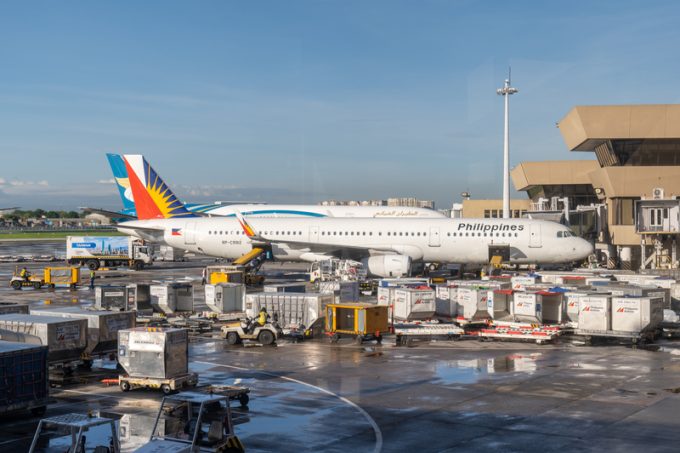Airfreight rates level out, but looming turbulence could see prices rise again
Airfreight rates on transpacific routes have flattened as an overshot of capacity eclipses demand, but ...

On the eve of the peak airfreight season, most Asian gateways are running without problems, but some bottlenecks have begun to appear, particularly out of South-east Asia and the Philippines.
And, according to the latest Dimerco Asia Pacific Freight Report, despite sinking volumes, exporters using container lines are also facing challenges as a result of a sharp rise in blank sailings.
After an unexpectedly calm September, when ecommerce and electronics underperformed in terms of export volumes, Dimerco Express Group predicts a surge ...
Maersk u-turn as port congestion increases across Northern Europe
Apple logistics chief Gal Dayan quits to join forwarding group
Maersk Air Cargo sees volumes fall as it aims for 'margin in favour of revenue'
Houthis tell Trump they will end attacks on Red Sea shipping
Transpac rates hold firm as capacity is diverted to Asia-Europe lanes
Airlines slash freighter capacity post-de minimis, but 'the worst is yet to come'
MSC revamps east-west network as alliance strategies on blanking vary
India-Pakistan 'tit-for-tat' cargo ban sparks sudden supply chain shocks


Comment on this article